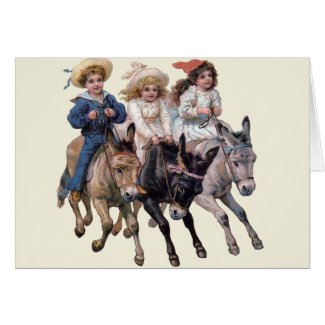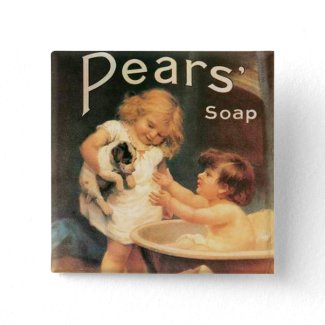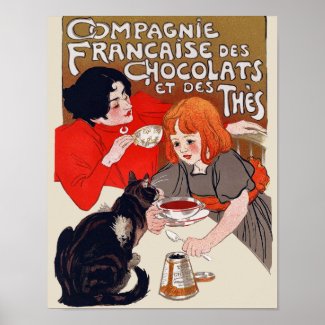Victorian Advertising Art
While advertising certainly existed way before the 1870s, Victorians energized it to an art form. Victorian trade cards were beauties. These little cards were printed in full color -- quite an expensive process prior to this time -- and featured lovely children, gorgeous young women, or scenes depicting life at the time. A company's advertising showed up in a nondescript part of the card -- often at the bottom of the image or on the back of the card.
What made these cards work perfectly for advertisers was that the great art made them highly collectible. Consumers would grab them, take them home, and keep them. They would buy the products they'd advertise. The better the art, the more sought after they were by collectors.
Victorian Trade Cards
Victorian Lithography Process
The lithographic process was quite tedious. First, the artist would create the picture. The picture would then be given to the printer to place each of the the colors used in the picture on specially prepared limestones. Lower quality cards would use up to five colors, while higher quality would have included 20 or more. Cards would be printed by laying one stone after stone, the colors of each stone superimposing on the previous. Good registration was key to getting all the print runs in order, although increasing sophistication in lithographic printing presses made it easier and sped up the process.
By the early 1900s, lithography trade cards started to disappear because halftone printing allowed color advertising in newspapers and magazines. These halftone advertisements were cheaper to run and would get into more peoples' hands. An improvement for the advertisers, but a disappointment to those of us who still collect these beautiful old Victorian trade cards today.







No comments:
Post a Comment